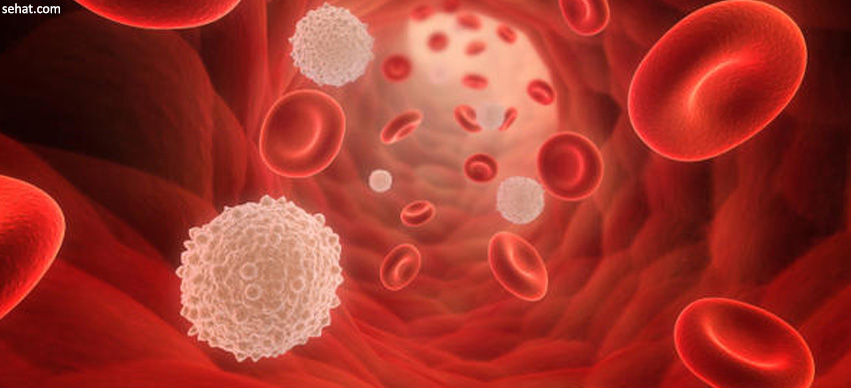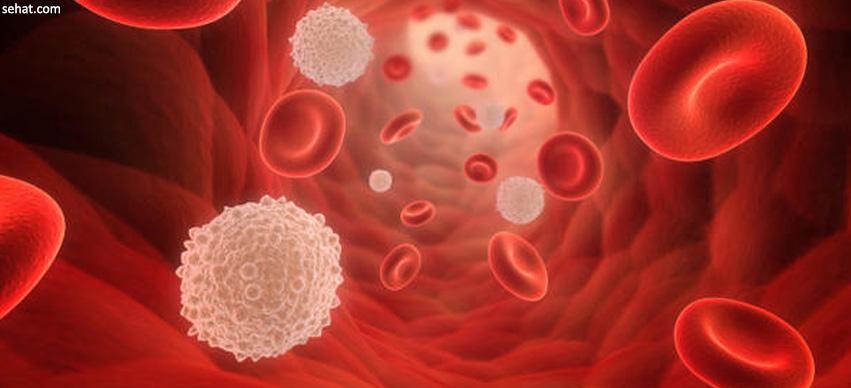Microplastics in Humans: Understanding the Risks and How to ..
8 Min Read


One drop of blood can talk volumes about your body, its functioning and underlying illnesses, if any. From simple fevers to the highly dreaded HIV, blood tests can determine diseases very accurately. Except the doctor or the lab technician nobody else can decipher a blood test report. It isn’t rocket science too. Understanding a little bit about blood and its components can throw light on many aspects of the red colored life flowing in your body. Here, we give you a comprehensive summary of what exactly your complete blood picture means.
Apart from the blood cells, your doctor may also look into the blood chemistry profile. Sugar (glucose), Proteins, Fats, Enzymes and Electrolytes (calcium, magnesium and potassium) are also checked to see how well your liver and kidneys are working.
Complete blood count (CBC) – Human blood is made up of water, nutrients, living cells and even proteins. That is a why a slight dip in our blood count can be very dangerous for us. One of the most common lab tests, the complete blood count determines the count of the basic types of blood cells. Red blood cells (RBC), white blood cells (WBC) and platelets are the main blood cells.
Every type of blood cell in our body has its own range. Any number that is above or below the normal range can cause disorders of the blood. The below table shows various ranges of the complete blood count.
| Test | Normal Values | Units |
| Red blood cells | 4.3 – 6.1 | X 1,000,000/mm3 |
| White blood cells | 5 – 10 | X 1000/mm3 |
| Hemoglobin | 13 – 15 (men), 11 – 14 (women) | g/dL |